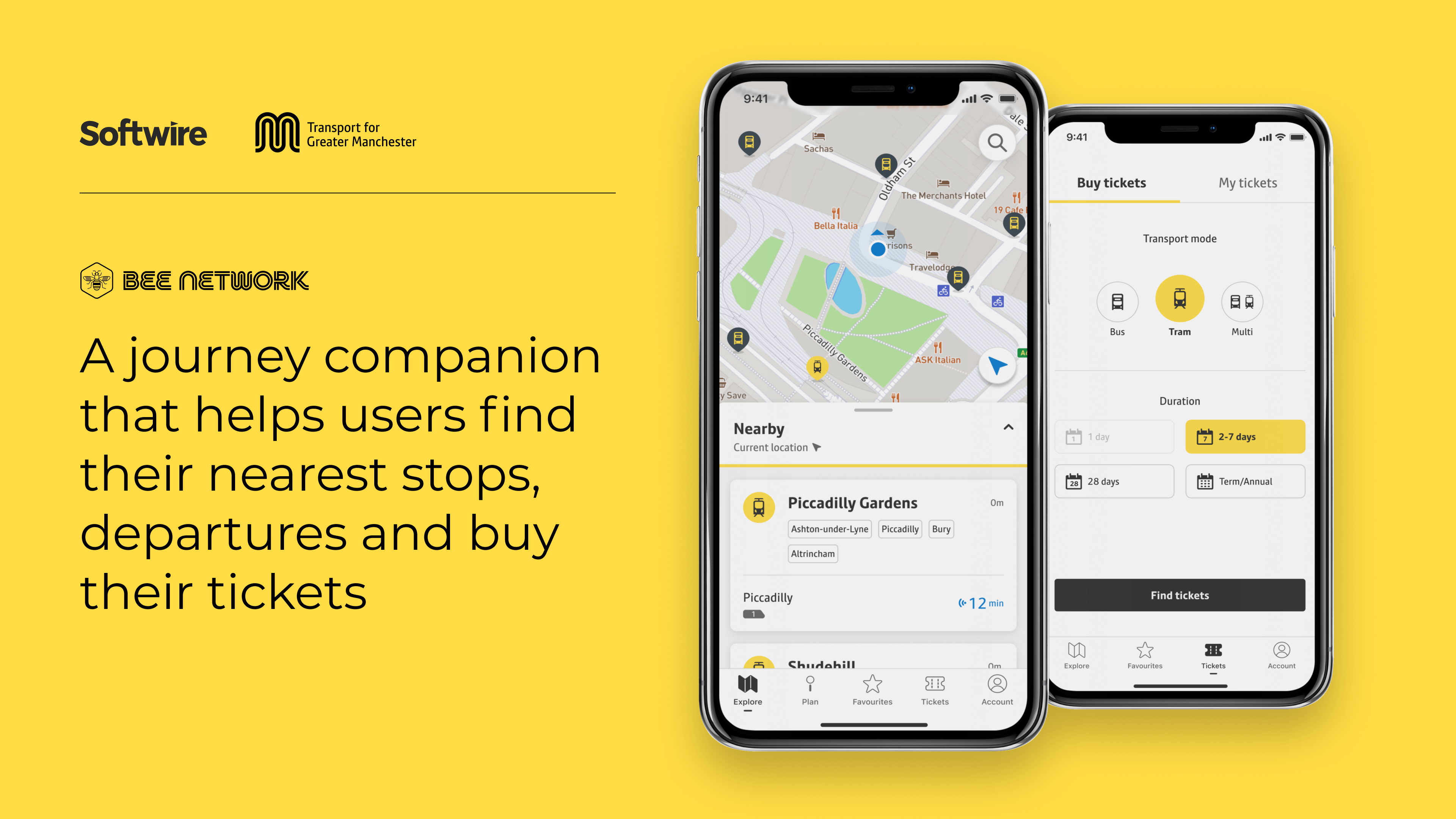Quiet quitting is a relatively new term. It arose during the COVID-19 pandemic, when remote work served to blur the lines between work and home lives. It’s suspected that Millennials and Gen Z workers who were fed up with being “always on” coined this term. That said, quiet quitting isn’t reserved for any particular generation of worker. Anybody can — and many have — “quiet quit.”
Quiet quitting occurs when an employee decides to do the bare minimum for their job. They don’t go above their assigned tasks and won’t work beyond their scheduled hours or shift. They no longer engage fully in meetings and are more prone to taking leaves of absence. Some individuals quit quietly when they are looking for a new job. Others will simply choose this path when they feel disengaged from the company and/or their particular role.
With the right workplace practices and strategies in place, your company can help combat this phenomenon. Below are three tips for creating a workplace where people won’t want to quiet quit.
1. Clearly Communicate Company Goals
Churning out work for the sake of getting it done doesn’t feel gratifying. Employees today want to know what their assigned tasks are in service of. A researcher wants to know, for instance, that their insights are helping cure disease. A marketer wants to know how their content is attracting customers in new segments and propelling the company’s success. They don’t just want to go through the motions all day without knowing the greater purpose behind them.
This is why sharing and communicating company goals is so important. And it’s where strategic alignment — or the idea of aligning a team’s output with the company’s purpose — comes into the equation. The goal of strategic alignment is for everyone to understand why their role is important to the team. It explains how their tasks ladder up to the company’s overall goals, thereby solidifying their work purpose.
When communicating goals and visions, make sure to leverage multiple channels. If you’re an executive, you can’t assume that your middle managers will eloquently bring the company’s vision and goals to their direct reports. These goals should be shared across various internal communication channels, such as email and Slack, as well as through company-wide meetings. Sharing the goals in various formats will help with message retention.
2. Prioritize a Positive Company Culture
The average full-time employee works over 2,000 hours per year. If employees are going to value — rather than resent — all that time, you’ll need to create a culture that values them in turn. Creating a positive company culture takes many factors into consideration. Benefits and perks are just one aspect of it. Leadership attitudes, the way employees are treated, and the company’s mission all contribute to its culture.
There are numerous benefits to prioritizing a positive workplace experience. It can increase overall job satisfaction, thereby leading to better employee retention. Team members will feel more motivated to go above and beyond the required expectations in a healthy workplace environment. Such an environment encourages collaboration and teamwork amongst co-workers and open communication across teams. Leaders should also be as transparent as possible, ensuring employees understand what is happening at all levels and feel heard in decision-making processes.
When prioritizing a positive company culture, be sure that you aren’t promising more than you can deliver. It’s unfair to promise full workplace flexibility and then start tracking people’s attendance in the office. It’s also unfair to dangle promotions or bonuses and then fail to provide them at the designated time. There’s a fine line between creating a culture that is idealistic and one that is achievable. Be up front with regard to benefits, communicating to employees the reason behind changes in certain policies.
3. Show Appreciation and Gratitude
Everyone likes to be noticed and thanked. Showing appreciation in the workplace can help diminish quiet quitting as it will improve job satisfaction, boosting employees’ morale and overall attitude. Offering kudos to one team member likewise motivates other employees, who will want to be recognized for their efforts as well.
This notion of appreciation and gratitude should tie into the sharing of your company’s goals. When you offer pats on the back, be timely and specific. Rather than praising a marketer for “doing a good job,” tell them how their recent campaign helped the company meet its quarterly sales goal. Just as employees want to know why they are doing specific work, they want to feel valued for having accomplished it. Targeted acknowledgment shows their managers appreciate their efforts and that the work they are doing is worthwhile.
Employee recognition can be as small as a hand-written thank-you note or as large as a bonus announced at a team-wide meeting. If your leadership team sends out a monthly recap email, it could include an employee spotlight section to thank particular team members. No matter how your company decides to recognize employees for their efforts, no act is too small to show that you care.
Takeaways
The reasons for quiet quitting are varied. Some employees may feel burned out and underappreciated, while others may be bored and uninspired. Regardless, quiet quitting can be a threat to overall morale and employee engagement.
That’s why it’s vital for companies today to fully understand what their employees want out of their employment experience. Conducting a brief survey and asking for feedback anonymously can help shape company goals, plans, and workplace culture. HR managers should also know the types of incentives similar companies are putting in place to entice future employees and retain current ones. With all this knowledge, you can better create a workplace that fosters collaboration and participation rather than indifference and mediocrity.






